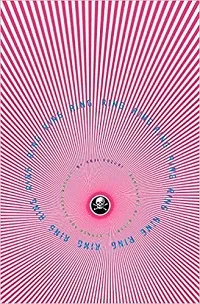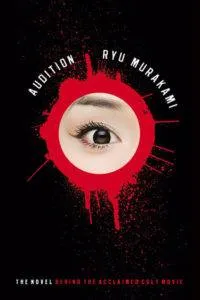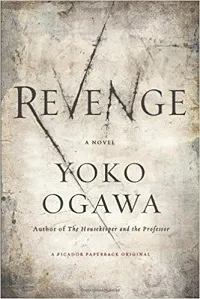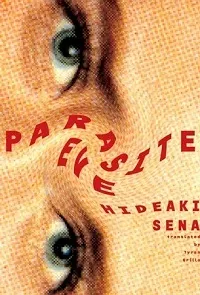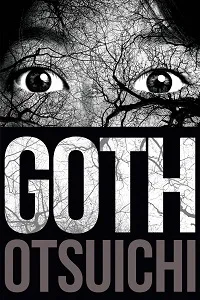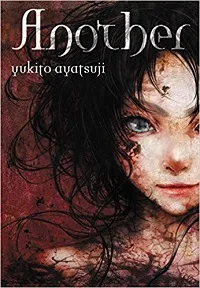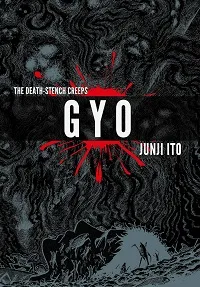
A Beginner’s Guide to Japanese Horror
This content contains affiliate links. When you buy through these links, we may earn an affiliate commission.
I have a favorite saying about the horror genre. I love horror, but it doesn’t love me. Grim, I know, but I’m just being real. Despite how much I loved A Quiet Place and its depiction of family relationships, parental sacrifice, and deafness, I can’t exactly ignore the fact that it’s very white. Admittedly, horror does have a reputation of being extremely white, but it doesn’t have to be that way. Films like last year’s Get Out proved that, and there are several non-white authors who write in the genre. But sometimes I get tired of hunting and searching. When that happens, I turn to a tried and true subsection of the genre to satisfy me: Japanese horror.
For many people, the phrase Japanese horror conjures images of black-haired girls in white dresses climbing out of wells, but the genre encompasses far more than that. One of the reasons Japanese horror films ignited such a fad in the early 2000s is that they have very different aesthetics from most English-language horror movies. And while I’m not Japanese myself, I am Asian and there is a lot of cultural overlaps in terms of horror sensibilities.
As you can probably guess by the name, Lafcadio Hearn is not Japanese. He is also not remotely of the modern day, having lived from 1850 to 1904. He is, however, very famous for writing about Japan—specifically his collections of Japanese folklore and ghost stories. You can learn a lot about a culture by its folklore, and you can learn even more about what it fears by its ghost stories. Kwaidan, in particular, gives a good sense of the supernatural traditions that pervade the genre in Japan.
“Seven days.” The catchphrase from the movie that kicked off Hollywood’s J-horror fad. Ring, of course, is the original novel that served as the source material for the Japanese movie, which in turned inspired the Hollywood remake starring Naomi Watts. The novel’s premise revolves around a modern urban legend: a videotape causes its viewers to die after a week unless they complete a specific act. A key difference between the original novel and its subsequent movie adaptations is that the protagonist is a man instead of a woman.
Japanese film aficionados are probably familiar with Audition as the movie that launched Takashi Miike to international fame. For those not familiar, Audition is about a widower who decides to date again. And what better to find the perfect catch than to hold fake film auditions? If this premise sounds skeevy, you’re not wrong. Audition skirts around misogyny, sexism, and female objectification, but then you need only look at the Japanese idol industry and see the roots of those themes.
Before The Hunger Games, there was Battle Royale. The book takes place in an alternate history where Japan is controlled by a fascist totalitarian government. The regime maintains its rule through fear, part of which stems from a program that forces junior high students to fight each other to the death on an isolated island. Battle Royale and its multiple film adaptations were very controversial in Japan at the time of their publication and release. The novel was even rejected by a literary horror award despite the committee acknowledging that it was the best entry. Society has changed in the almost-20 years since Battle Royale was first published, but I think that vehement reaction tells us quite a bit about what was going on in Japan at the time.
American horror is filled with stories of haunted houses. Since real estate is precious in many Japanese cities, dwelling-related terrors are often connected to apartment buildings. Moike’s novel follows a young family that thinks they’ve found the perfect new home. But since this is a horror novel, we know that’s not the case at all.
If you like Edgar Allan Poe, this collection of short stories is for you. Ogawa delves into human nature via these interconnected tales, building tension all along the way.
English-language readers may be more familiar with the video game adaptations of this science-fiction horror novel. If you were wondering what a Japanese take on Frankenstein would look like, this is the book to check out. It focuses on the horrendous repercussions of a grief-stricken doctor’s obsession to reincarnate his dead wife. Word of warning: Parasite Eve is very heavy on the scientific detail.
Otsuichi is one of the most well-known Japanese horror authors. Goth features six interconnected short stories about two high school students with a shared interest in gruesome murders.
Part-mystery, part–supernatural horror, Another revolves around a curse that hangs over a middle school class. The story begins when a boy transfers to his new school and befriends a girl, whom all his other classmates ignore. But what first seems like a case of bullying turns sinister when his classmates and people related to them begin dying in inexplicable ways. Now the boy and his new friend must uncover why these things are happening and stop them. Because Another is technically a light novel, there are two volumes, so be prepared to buy volume 2 right away if you get hooked.
Junji Ito is undeniably a master of horror manga. While Uzumaki is his most famous work, Gyo focuses on the collapse of a relationship against the backdrop of an invasion of multi-legged zombie fish and the floating smell of death pervading their island home. The real reason I selected this title, however, is because the collected volume includes “The Enigma of Amigara Fault,” which is one of the best Japanese horror stories about existential terror ever.
This dark manga hinges on the fateful decision by a group of classmates to push a girl into a well. This single act sets off a string of consequences that no one predicted, affecting not only the students involved but their friends, families, teachers, and neighbors. If you’ve read Asano’s other manga, the description alone should give you a hint that it’s a bit of departure.
Do you have any other favorite Japanese horror novels and manga? Leave them in the comments!




